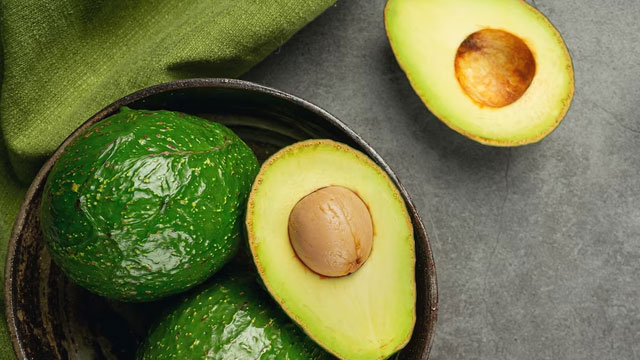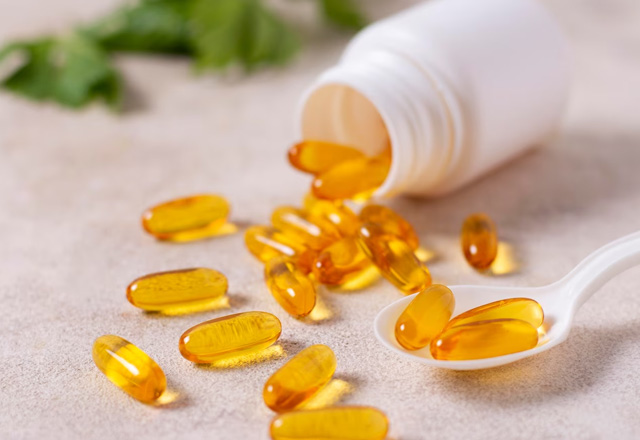
Iron deficiency anemia is a common condition that affects millions of people around the world. It occurs when there is a lack of iron in the body, which is essential for the production of red blood cells.
Without enough iron, the body cannot produce enough hemoglobin, the protein responsible for carrying oxygen to the body's tissues. This can lead to a range of symptoms, including fatigue, weakness, shortness of breath, and pale skin. If left untreated, iron deficiency anemia can have serious consequences for overall health and wellbeing. Fortunately, there are a range of treatment options available, including dietary changes, iron supplements, and in severe cases, blood transfusions. In this article, we will explore the symptoms of iron deficiency anemia, the various treatment options available, and how to prevent this condition from occurring in the first place. So, if you or someone you know is experiencing any of the symptoms of iron deficiency anemia, keep reading to learn more.
Iron deficiency anemia can occur due to a variety of reasons. Women are more likely to develop this condition due to blood loss during menstruation and pregnancy. Other causes include:
Poor Diet - A diet lacking in iron-rich foods can lead to this condition. This is particularly true for vegans and vegetarians who may not consume enough iron-rich foods to meet their daily requirements.
Blood Loss - Blood loss from an injury or surgery can cause iron deficiency anemia. In some cases, chronic blood loss due to ulcers or other conditions can lead to this condition.
Inability to Absorb Iron - Certain medical conditions like celiac disease, inflammatory bowel disease, or surgery that removes part of the stomach or small intestine can make it difficult for the body to absorb iron from food.
Iron deficiency anemia can manifest itself in a variety of ways. Some of the most common symptoms include:
Fatigue - Due to the lack of oxygen-carrying hemoglobin, people with iron deficiency anemia often feel tired and run down.
Weakness - Muscles require oxygen-rich blood to function properly. Without enough iron in the blood, muscles may feel weak and sore.
Pale Skin - Iron deficiency anemia can cause a person's skin to appear pale or even yellowish.
Shortness of Breath - Without enough hemoglobin to carry oxygen to the lungs, people with iron deficiency anemia may feel short of breath even with minimal exertion.
Headache and Dizziness - Iron deficiency anemia may cause headaches and dizziness due to the lack of oxygen to the brain.
Iron deficiency anemia can be treated in a variety of ways depending on its severity. Some of the most common treatment options include:
Iron-Rich Foods - Eating a diet rich in iron can help to prevent and treat iron deficiency anemia. Foods high in iron include red meat, poultry, fish, beans, lentils, tofu, spinach, and fortified cereals.
Supplements - In some cases, iron supplements may be necessary to bring iron levels back up to normal. These can be taken orally or through an injection.
Blood Transfusions - In severe cases of iron deficiency anemia, blood transfusions may be necessary to quickly boost iron levels in the blood.
Eating a diet rich in iron can help prevent and treat iron deficiency anemia. Here are some iron-rich foods to include in your diet:
Red Meat - Beef, pork, and lamb are all good sources of iron.
Poultry - Chicken and turkey are also good sources of iron.
Fish - Fish like salmon, halibut, and tuna are rich in iron.
Beans and Lentils - Kidney beans, chickpeas, and lentils are all great vegetarian sources of iron.
Tofu - Tofu is a great source of iron for vegetarians and vegans.
Spinach - Spinach is a leafy green vegetable that is high in iron.
Fortified Cereals - Many breakfast cereals are fortified with iron and other nutrients.
Iron supplements can be taken orally or through an injection. Here are some common iron supplements:
Ferrous Sulfate - This is the most common type of iron supplement and is available over-the-counter.
Ferrous Gluconate - This type of iron supplement is also available over-the-counter and is easier on the stomach than ferrous sulfate.
Iron Injection - Iron injections are typically reserved for severe cases of iron deficiency anemia and are administered by a healthcare professional.
In addition to dietary changes and supplements, there are some lifestyle changes that can help manage iron deficiency anemia:
Get Enough Rest - Fatigue is a common symptom of iron deficiency anemia, so getting enough rest is important.
Exercise Regularly - Regular exercise can help improve muscle function and overall health.
Manage Stress - Stress can exacerbate the symptoms of iron deficiency anemia, so finding ways to manage stress is important.
If left untreated, iron deficiency anemia can lead to some serious complications, including:
Heart Problems - Iron deficiency anemia can cause the heart to work harder to pump oxygen-rich blood to the body's tissues, which can lead to an irregular heartbeat and other heart problems.
Pregnancy Complications - Iron deficiency anemia during pregnancy can lead to premature birth and low birth weight.
Delayed Growth and Development in Children - Iron deficiency anemia in children can lead to delayed growth and development.
There are several ways to prevent iron deficiency anemia, including:
Eating a Balanced Diet - Eating a diet rich in iron and other essential nutrients can help prevent iron deficiency anemia.
Taking Supplements - If you are at risk for iron deficiency anemia, taking an iron supplement may help prevent it.
Managing Underlying Conditions - If you have an underlying medical condition like celiac disease or inflammatory bowel disease, managing it can help prevent iron deficiency anemia.



